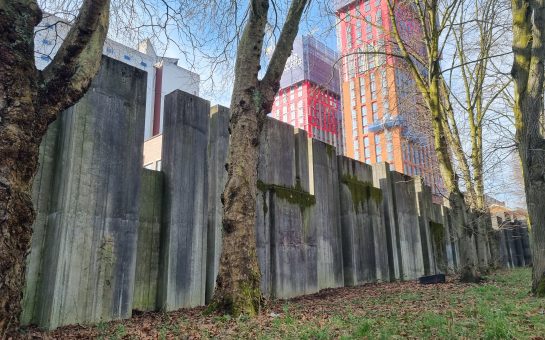Almost uniquely, Britain has a rich tradition of follies.
Generally built in the 19th century as architectural oddities and commissioned by rich industrialists and landowners there are many still standing today.
They are spread across the country but there are plenty to choose from in the north.
And, because most are now listed, they’re likely to be around for some time to come.
So if you fancy an expedition with a difference here are five that are well worth seeking out.
White Nancy, Bollington, Cheshire.
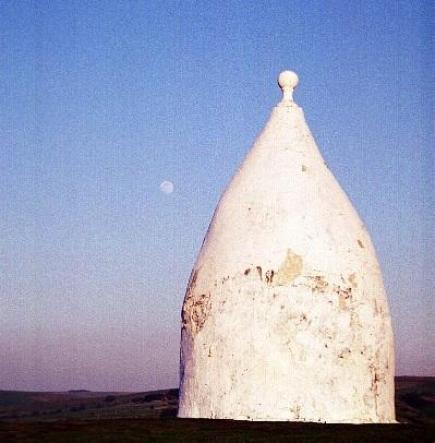
At the summit of Kerridge Hill overlooking Bollington you’ll find White Nancy. It’s shaped like small domed sugar loaf and receives an occasional whitewashing to keep it looking pristine.
It was built in 1817 by Colonel Gaskell as a memorial to the Battle of Waterloo.
It’s not always been treated with the respect it deserves though – for example one December local people came up under cover of darkness and painted it to look like a traditional Christmas pudding.
The Needle’s Eye, Wentworth, South Yorkshire
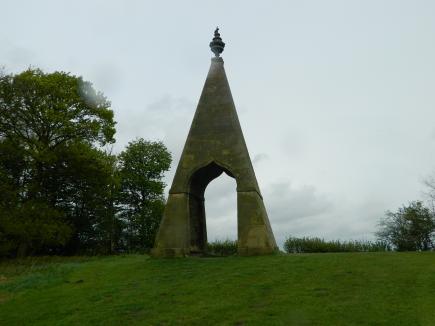
In 1746 a drunken Earl Fitzwilliam accepted a very foolish bet that he couldn’t drive a carriage through the eye of a needle.
When he sobered up the folly of the wager became obvious to him, but he didn’t want to lose.
So he commissioned the 45ft Needle’s Eye, a thin pyramid with just enough space to drive a carriage through. It’s not recorded whether or not he went on to win the bet.
Wainhouse Tower, Halifax, West Yorkshire
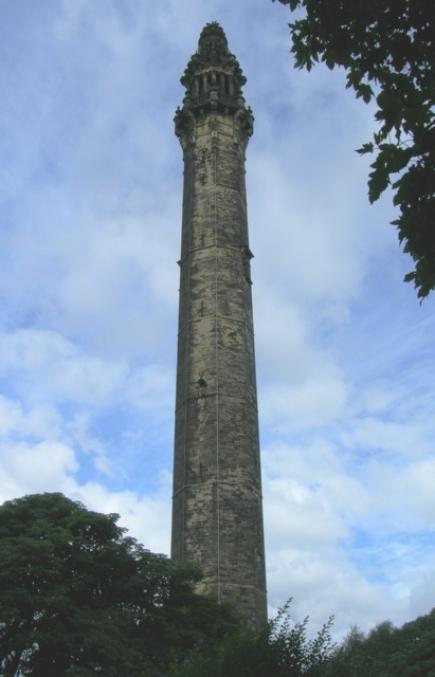
Also known as the Octagon Tower, this was built by John Edward Wainhouse in 1870.
Originally designed as a tall chimney to carry smoke away from his dye works the factory fell out of use before it was completed.
Nevertheless he decided to keep it as “a general astronomical and physical observatory”. The tower still stands today and at 253ft it’s a landmark that can be seen from miles around.
Brizlee Tower, Alnwick, Northumberland
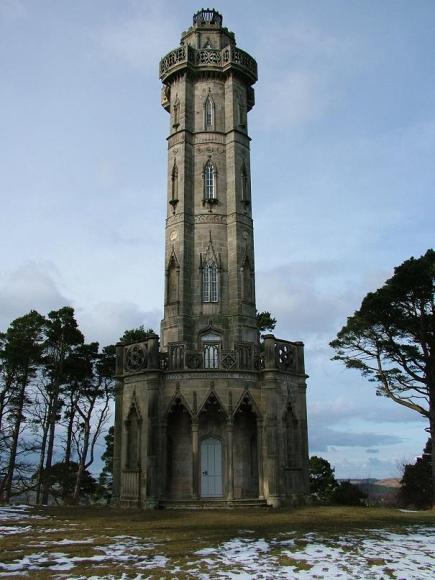
Set on a hill in Hulne Park, ancestral home of the Dukes of Northumberland, Brizlee Tower was built in 1781 for Hugh Percy, the first Duke.
It’s a 60ft high tower faced with elaborately dressed stone and built in the Gothic style that was very fashionable at the time.
It was originally commissioned in 1777 and completed in 1781 and was built as a memorial to Percy’s wife, Lady Elizabeth Seymour, who had died in 1776.
Apollo Pavilion, Peterlee, County Durham
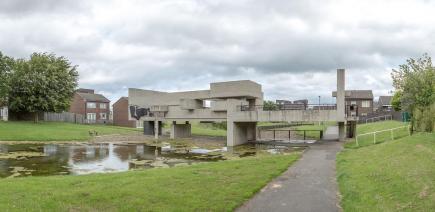
Not all follies are from the 18th and 19th centuries as the Apollo Pavilion proves. You’ll find it in Peterlee – a new town built in County Durham in the 1950s in a style that was uncompromisingly modernist and used concrete as its primary building material.
The Apollo Pavilion, or Pasmore Pavilion as it was also named after the town’s principal designer Victor Pasmore, was completed in 1969 and was meant to be “an architecture and sculpture of purely abstract form through which to walk, on which to linger, and on which to play”.
While English Heritage believed it should be made a listed building the local council thought it should be demolished. The former won and that’s why you can still go and visit it today.
All pictures via Creative Commons and Wikipedia, with thanks.
